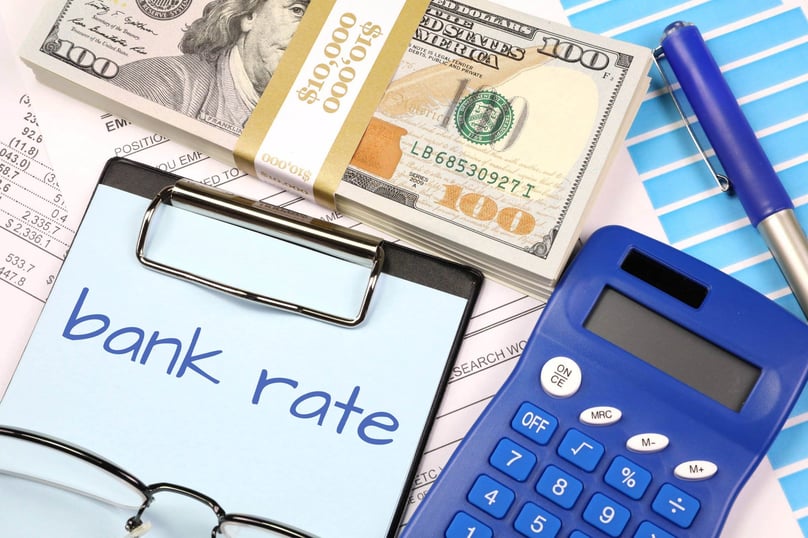For a period of four months, I was enjoying an excellent 5.00% return on my cash in a high-yield checking account with mph.bank. This was a great arrangement because it didn't require me to spend from my debit card to qualify. All it needed was for me to set up a monthly direct deposit of $2,000.
However, I expected that the 5.00% APY wouldn't last indefinitely with the upcoming Federal Reserve rate cuts. My assumption was that the reduction would be gradual and communicated either through an email or my monthly statement.
Contrary to expectations, mph.bank, an online part of Liberty Savings Bank, reduced my rate by one percentage point to 4.00% APY with no communication. The change occurred on August 20th, which I only discovered after contacting the bank.
Although 4.00% remains competitive, the lack of communication about the significant cut caused frustration, prompting me to explore alternative options.
Banks and credit unions are not legally required to notify you of changes in savings, money market, or checking account rates under the Truth in Savings Act (Regulation DD, 12 CFR § 1030.5). Given this, certificates of deposit (CDs) can become an attractive investment as these offer fixed rates until the maturity term.
Some high-yield savings rates can remain constant for months. During periods when the Federal Reserve isn't changing rates, banks and credit unions often maintain their deposit rates.
However, as Federal Reserve rate cuts are imminent, banks and credit unions will likely reduce their deposit rates if they haven’t done so already.
In this scenario, it's crucial to keep an eye on rates on your accounts. Although banks are not required to, many post the current interest rates online under “Account Details” for customer convenience. If you don’t see it, it's advisable to check your monthly statement or contact the bank directly to confirm the rate you’re earning.
You do have options if a high-yield account cuts its rate significantly and is no longer competitive. Moving your savings to another high-yield account that offers interest rates between 4.40% and 5.00% is a straightforward solution. Another option is to consider opening a CD with rates currently ranging from 4.40% to 4.60% on terms of 3 to 18 months or in the lower 4% range on terms of 2 to 5 years.
While opting for a CD, it's key to select a term that aligns with your financial timeline to prevent incurring early withdrawal penalties. Allocating your savings in more than one CD with various maturities grants some access sooner while securing long-term returns.
Therefore, it's essential to research thoroughly and be proactive when managing your financial assets to ensure that you take advantage of the best available deposit rates.

